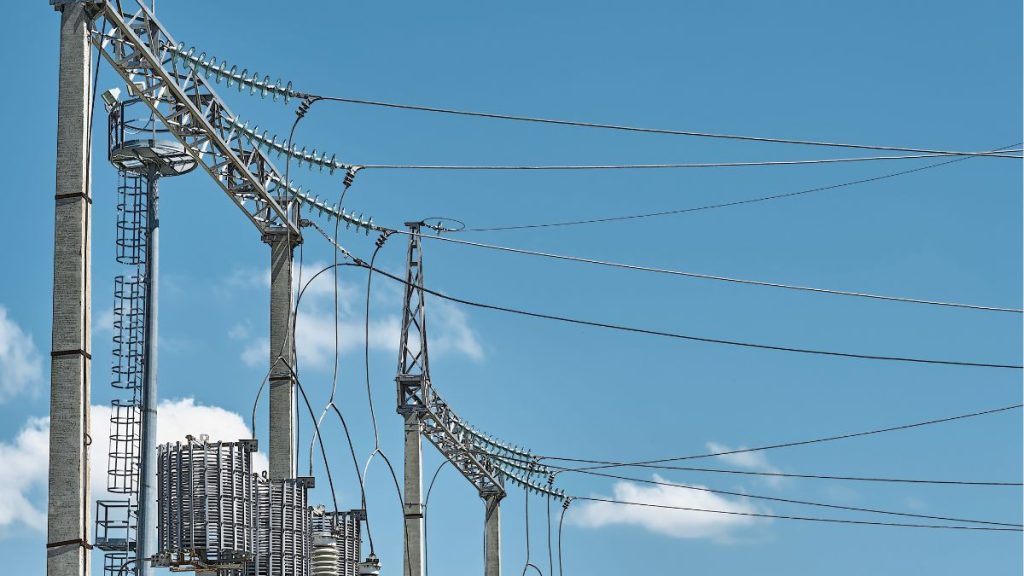Electricity costs continue to rise across South Africa, and township families are among the hardest hit. With prepaid meters, shared housing setups, and limited budgets, the challenge of stretching electricity units until the end of the month is real. The struggle isn’t just about paying bills, it affects family comfort, safety, and even children’s education when power runs out before payday.
The good news is that practical and affordable solutions exist. By making small, smart changes, households can cut electricity usage, reduce monthly expenses, and still live comfortably. This guide brings together electricity-saving tips for South African township families, based on advice from Eskom and energy experts, tailored to everyday township life.
The Rising Cost of Electricity in Township Households
For many South Africans, electricity feels more expensive every year. Eskom’s tariff increases, combined with hidden costs such as vendor service fees, have made electricity one of the biggest household expenses in low- and middle-income communities.
Why township families feel the pinch more:
Prepaid meters: Most township households rely on prepaid systems. While they help control spending, they also expose families to higher costs when tokens are bought in small amounts or at spaza shops that charge extra fees.
Limited income: Families often live on tight monthly budgets where even an extra R50 for electricity can disrupt groceries or transport plans.
High dependence on electricity: Township homes typically rely on electric stoves, kettles, and geysers, all of which consume large amounts of power. Alternative systems like solar or gas are not always affordable upfront.
According to energy experts, an average four-person township household spends R800–R1,200 per month on prepaid electricity. By mid-month, many households already need to “top up,” which forces tough financial decisions.
This reality makes saving electricity not just an environmental concern but a financial survival strategy.
Where Most Energy Goes in the Home
Before saving electricity, it’s important to understand where the bulk of energy is used. Township homes, especially RDP houses and backyard units, often share similar patterns.
Common household energy consumption:
Geyser (hot water): Up to 50% of the total bill.
Cooking (stove, oven, kettle): 20–25%.
Lighting: Around 10%.
Appliances and entertainment (TVs, chargers, fridges, Wi-Fi routers): 10–15%.
Heating and cooling: 5–10%.
A simple pie chart of energy usage shows how geysers and cooking dominate electricity bills. For township families, targeting these areas first provides the biggest savings.
Smart, Affordable Energy-Saving Habits
This section offers practical township-friendly electricity-saving tips that work immediately and cost little or nothing to implement.
1. Switch to Energy-Efficient Lighting
Old incandescent bulbs waste energy and burn out quickly. By switching to LED or CFL bulbs, families can reduce lighting costs by up to 90%.
A pack of 4 LED bulbs costs R50–R100.
Monthly savings: R80–R150 for a household using lights daily.
Additional tip: Only light rooms you’re using. Switch off lights when leaving, especially in evenings.
2. Smart Cooking Habits
Cooking is a daily necessity, but simple changes can reduce power use significantly.
Always use lids on pots—food cooks 20–30% faster.
Match pot size to the stove plate.
Boil only the water you need (one cup for tea, not a full kettle).
Use microwaves for reheating, they use 50–70% less energy than stoves.
Cook in batches during off-peak hours (early mornings or late evenings).
Consider switching to gas stoves for long-term savings if affordable.
Estimated savings: R50–R100 per month.
3. Manage Your Geyser Wisely
The geyser is the single biggest “electricity guzzler” in township homes.
Set geyser temperature to 55–60°C.
Switch it off at night or when not needed. Use a timer plug (R50–R100) for auto-control.
Insulate the geyser with a geyser blanket (R200–R300).
Where no geyser exists, stick to bucket baths with pre-warmed solar water.
Estimated savings: R100–R200 per month.
4. Efficient Laundry and Appliance Use
Wash only full loads of laundry.
Air-dry clothes instead of using tumble dryers.
Unplug chargers, TVs, and appliances when not in use, they draw “vampire power.”
Use multi-plugs to switch off several devices at once.
Savings: R40–R80 per month.
5. Heating and Cooling on a Budget
In winter, choose gas or infrared heaters instead of electric bar heaters.
Block draughts with rolled-up rags or tape to trap heat indoors.
In summer, open windows at night for natural cross-ventilation.
Fans are far cheaper to run than air conditioners.
Savings: R60–R120 per month.
6. Maximise Your Prepaid Meter
Buy tokens via banking apps (Capitec, TymeBank) to avoid retailer fees.
Track usage daily to spot high-drain times.
Set a weekly family “power budget” (e.g., R200).
Teach children to switch off lights and unplug devices.
Use Eskom’s app to monitor load shedding schedules for better planning.
Savings: R20–R50 per month.
Community Innovation and Township Solutions
Township communities often create their own solutions:
Bulk buying of LED bulbs through stokvels or cooperatives.
Youth-led workshops teaching older residents about energy apps.
Spaza shops stocking affordable geyser timers, blankets, and multi-plugs.
Shared learning between neighbours about prepaid token hacks and usage patterns.
These stories prove that collective action can multiply savings and strengthen communities.
Government and Eskom Support Programmes
Several initiatives exist to help families save electricity:
Eskom Energy Advice Portal: Free online tips and tools.
Workshops and community campaigns run by Eskom and municipalities.
Low-income household programmes that sometimes offer free or discounted LED bulbs and geyser blankets.
NGO initiatives providing training on safe and efficient energy use.
Households should regularly check local municipal offices or community centres for these opportunities.
Building a Culture of Energy Awareness
Sustainable electricity use is about more than saving money, it’s about building long-term awareness.
Involve children in energy-saving habits from a young age.
Schools, churches, and local clubs can run awareness campaigns.
Community leaders can encourage “switch-off campaigns” where entire streets reduce usage together.
Long-term, energy awareness means fewer blackouts, less strain on the grid, and more money in pockets.
Quick Reference: Township Electricity Savings Table
| Tip Category | Estimated Monthly Savings | Upfront Cost |
|---|---|---|
| Lighting Upgrades | R80–R150 | R50–R100 |
| Cooking Habits | R50–R100 | R0 |
| Geyser Management | R100–R200 | R50–R300 |
| Laundry/Appliances | R40–R80 | R0–R100 |
| Heating/Cooling | R60–R120 | R0–R500 |
| Prepaid Tracking | R20–R50 | R0 |
- Total Savings Potential: Up to R350/month, enough for groceries, transport, or school fees.
Saving electricity in township households is not about expensive gadgets. It’s about everyday choices, switching off lights, cooking smarter, managing geysers, and buying tokens wisely. By combining free habits with low-cost upgrades, families can save hundreds of rands each month, reduce stress, and improve their quality of life.
On a bigger scale, these actions support the national grid, reduce the impact of load shedding, and contribute to environmental sustainability. For South African township families, saving electricity means saving money, strengthening communities, and creating a brighter, more secure future.
Check also: How Much Free Basic Electricity You Could Get This October 2025 – See How Municipalities Decide










